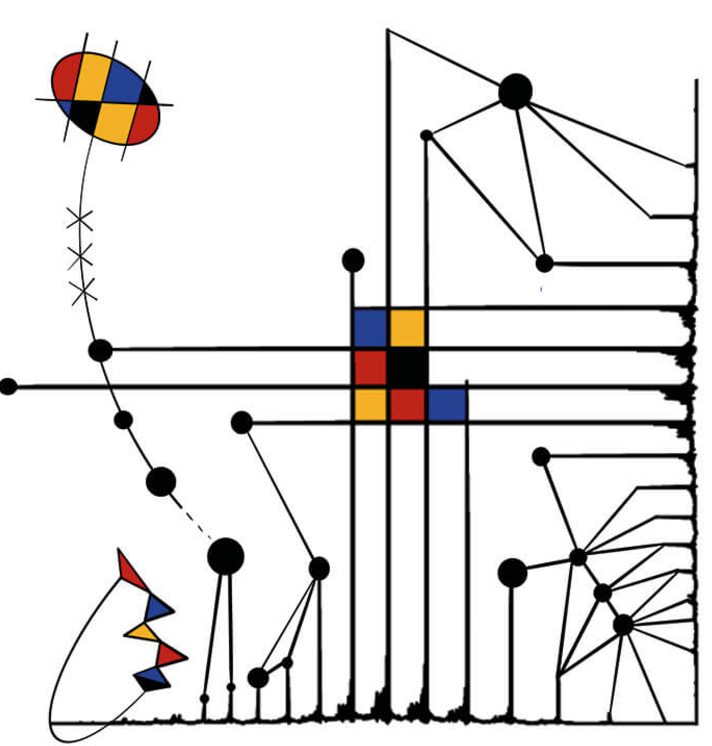Proteomics

Expert services for protein identification, quantification and post–translational modification profiling using next–generation mass spectrometry platforms.
Our team works and collaborates with research groups providing access to specialist mass spectrometry and proteomic equipment and expertise that enables: protein identification characterisation and quantification, post-translational modification profiling, and targeted analyses using next-generation mass spectrometry platforms.
We can help design experimental strategies, implement and validate previously developed proteomic workflows to profile proteins from diverse biological samples, as well as developing entirely new, bespoke methods and assays when required. We strive to increase the scope, sensitivity, and throughput of proteomics technologies and their application to cancer-related questions.
The Core focuses and specialises in using stable isotopic labelling strategies (Tandem Mass Tags) as well as label free methods (LFQ & DIA) for the relative quantification of protein expression levels and enrichment within protein complexes; currently our multiplexing capacity extends to 18 samples per run. We also develop and run PRM (parallel reaction monitoring assays for targeted quantification of panels of proteins.

Dr Clive D’Santos
Head of Proteomics
Areas of interest
Equipment and analysis
-
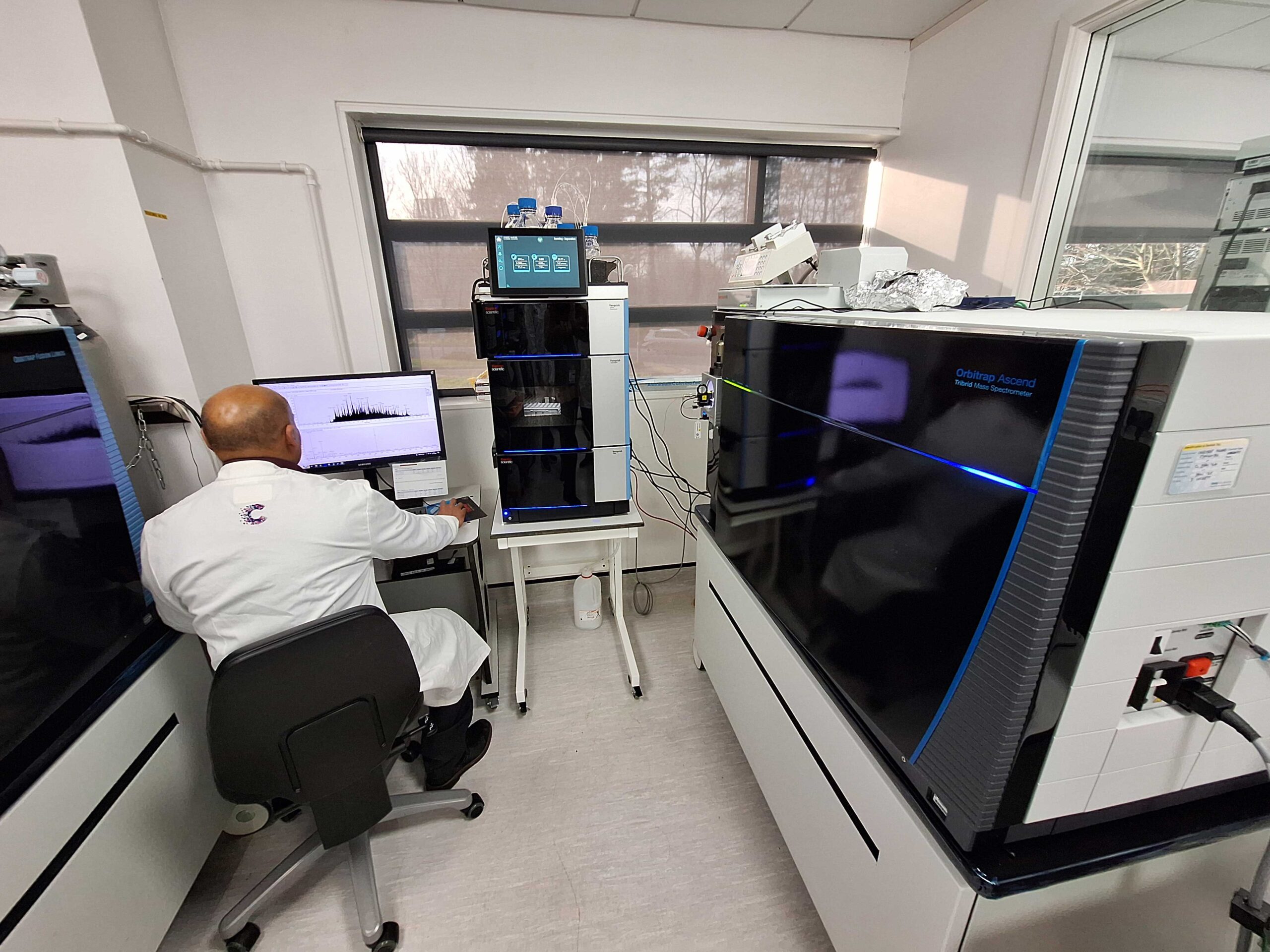
Orbitrap Mass Spectrometers
We have three orbitrap mass spectrometers; a QExactive-HF (Thermo), Fusion Lumos Orbitrap (Thermo) and an Orbitrap Ascend, all of which are configured with either a Dionex Ultimate 3000 RSLC or Vanquish neo nano-HPLC systems.
-
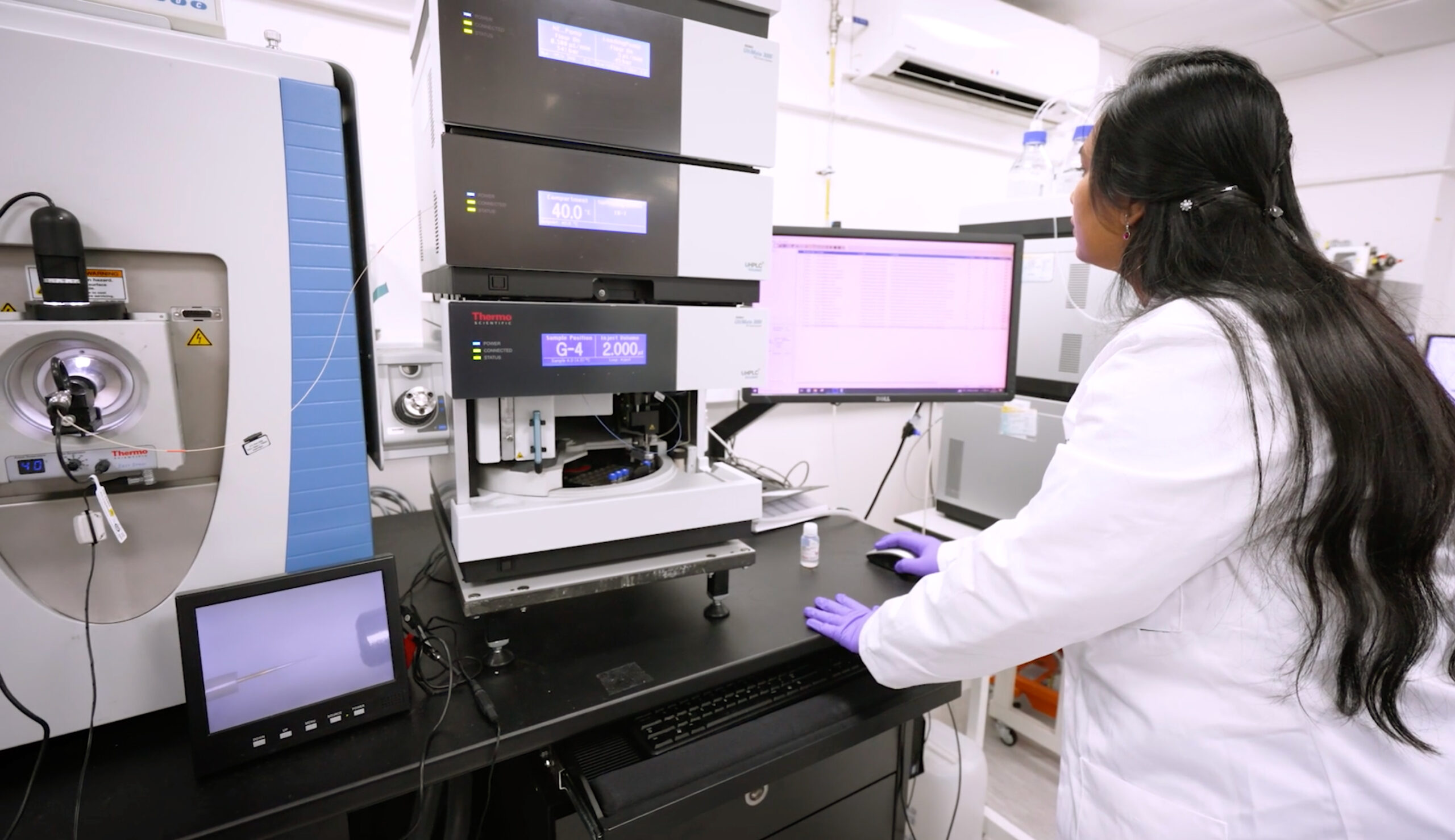
Off-line separation platforms
We have two off-line separation platforms to compliment the mass spectrometers. These systems (both Dionex Ultimate 3000 capHPLC systems) for multidimensional chromatography at the protein and peptide level
-

Data analysis
Data analysis is carried out by core facility staff and/or using statistical software packages supported by the Bioinformatics facility. In addition to proteomic applications, we exploit the high resolution and mass accuracy of both Orbitraps to quantify known and discover novel modified nucleosides from genomic DNA.
Team members
-

Clive D'Santos
Core Facility Manager
-

Valar Franklin
Senior Scientific Associate
-

Eva Papachristou
Principle Scientific Associate
Related News
See all news-

Institute scientists uncover molecular switch that drives pancreatic cancer progression
30th October 2025
New research from our Carroll Group has identified a molecular mechanism that helps explain how pancreatic ductal adenocarcinoma progresses, offering a potential path toward more targeted treatments.
Find out more -
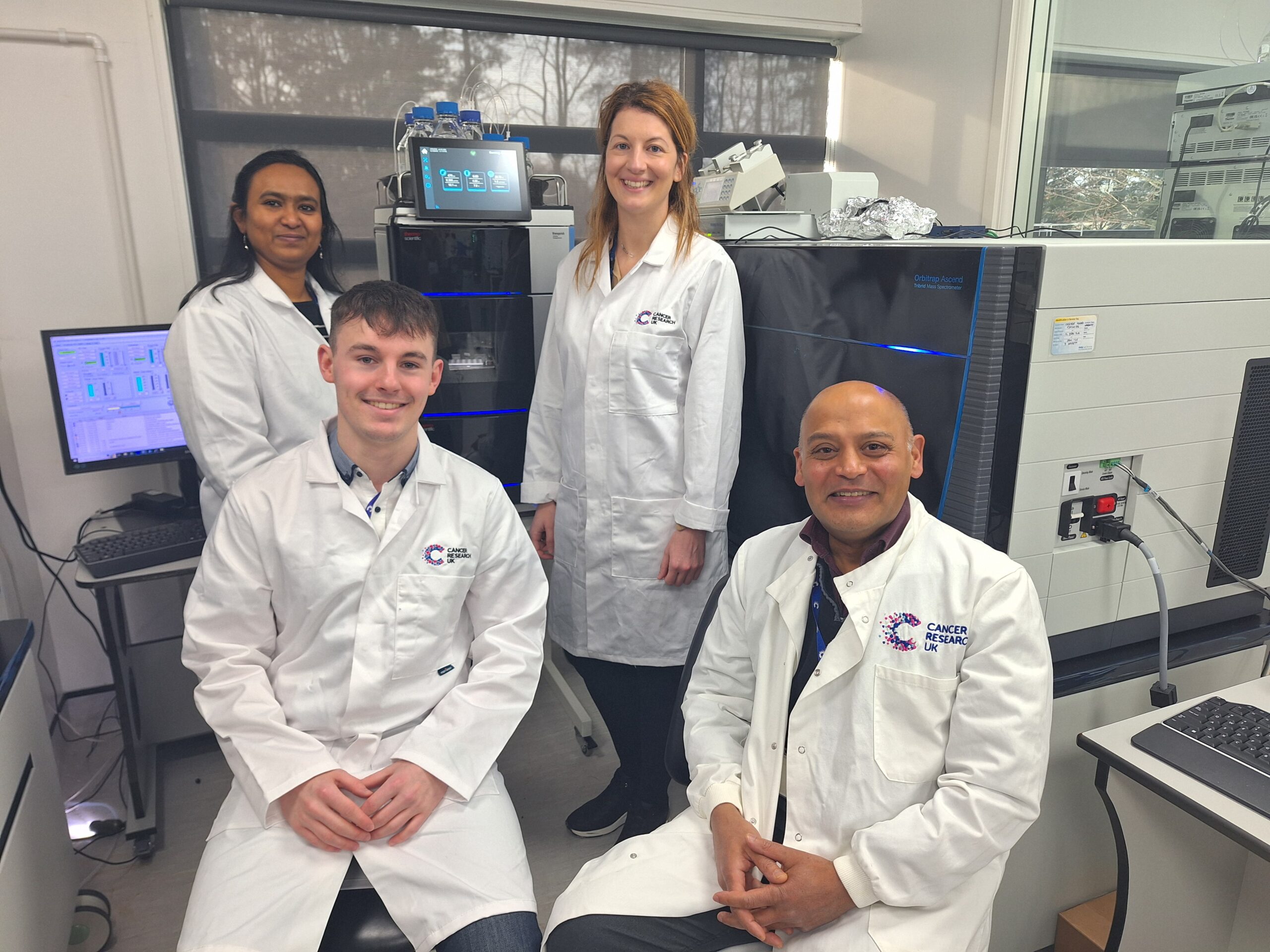
Proteomics Facility awarded £1.3 million to boost capabilities
30th January 2024
Dr Clive D’Santos awarded £1.3 million to acquire a state-of-the-art mass spectrometer.
Find out more -
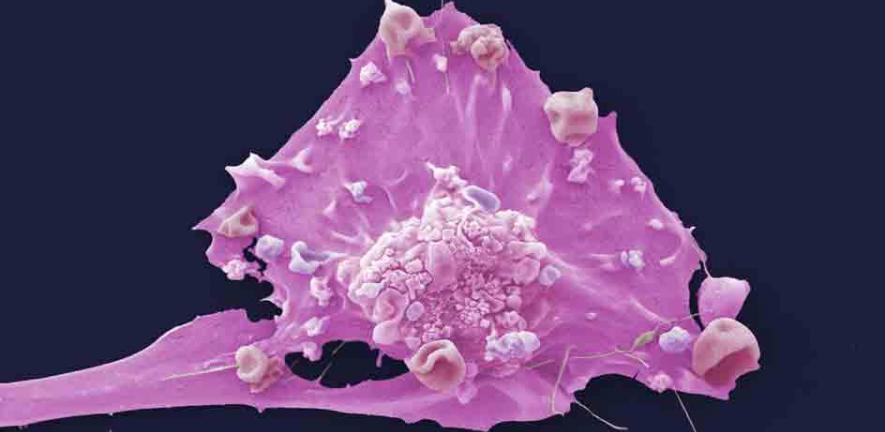
Possible link between breast cancer and asparagine
7th February 2018
Scientists have discovered that an amino acid called asparagine is essential for breast cancer spread, and by restricting it, cancer cells stopped invading other parts of the body in mice.
Find out more
Laboratory Efficiency Assessment Framework (LEAF)
Proteomics contributed to the Institute’s LEAF Silver accreditation, see the Sustainability webpage for more information.
